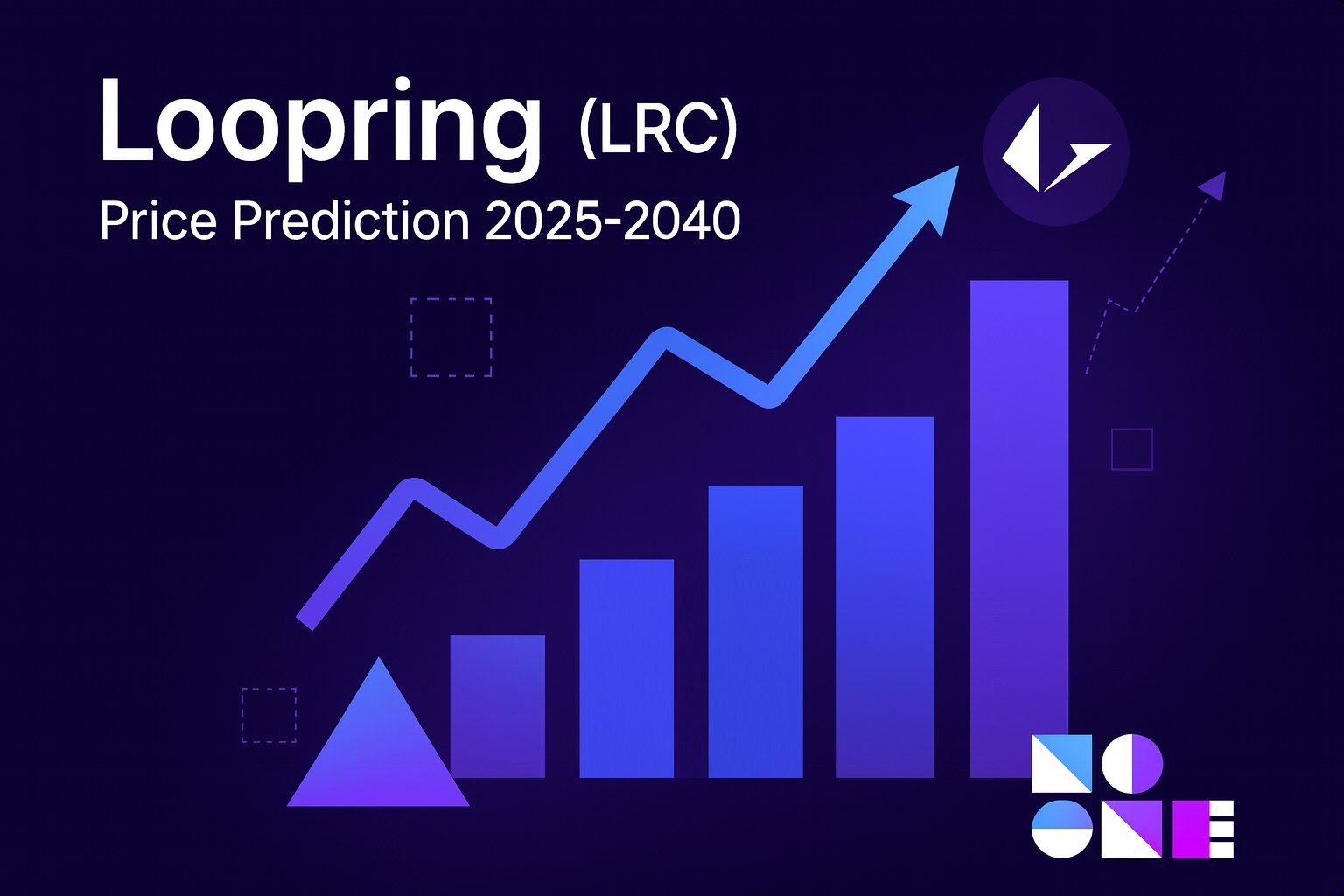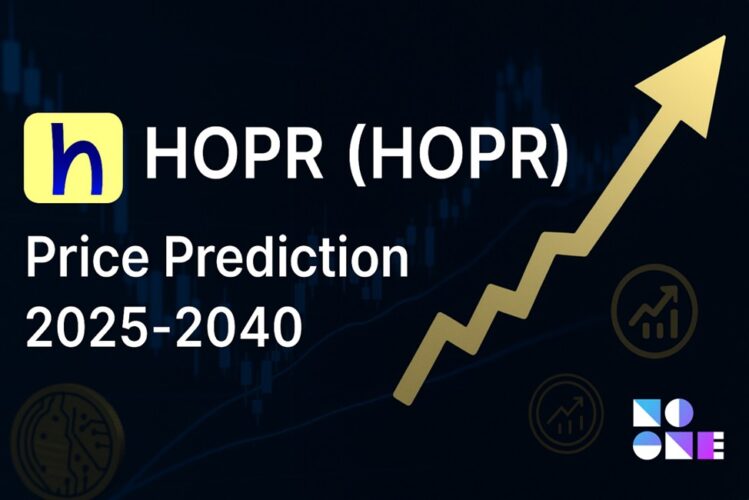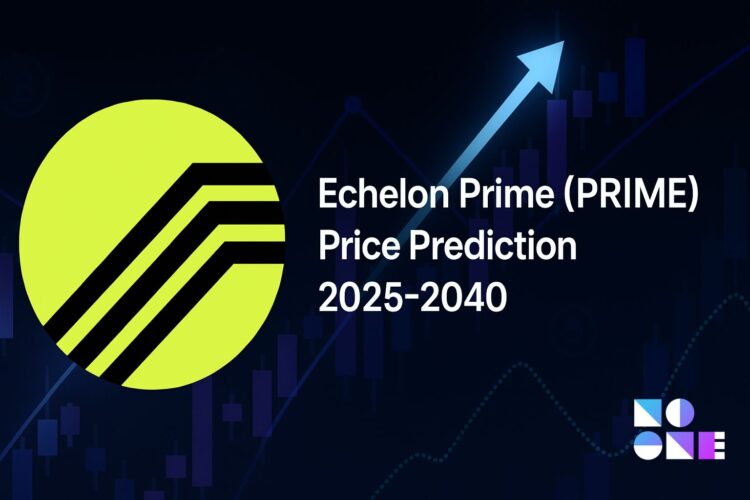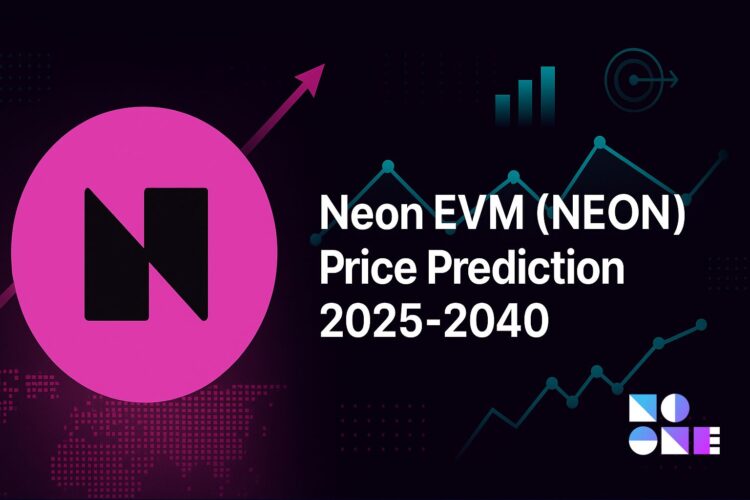Loopring (LRC) Price Prediction 2025–2040
Disclaimer: This writing is for learning purposes only. This is not financial advice. Do your own due diligence prior to investing.
Introduction
This is a Loopring (LRC) price-prediction article. Is LRC worth watching in 2025, 2027, 2030, 2035, and 2040? What could LRC be worth in those years, and what ROI might an investor achieve by buying now? Below you’ll find a concise set of scenarios, a prediction table with ROI, and a short technical overview of Loopring, its token economics, and current price drivers.
Keep Loopring (LRC) safe with Noone Wallet, where you can store, buy, exchange, send, and receive it securely and stay in full control of your keys.
What is Loopring (LRC)?
Loopring is a Layer-2 protocol — an Ethereum-based zkRollup — focused on fast, low-cost order-matching and AMM-style liquidity on top of zkRollup scaling. It leverages zero-knowledge proofs to compress and batch transactions, settling final state on Ethereum. The native token LRC is used for governance, staking (to earn protocol fees), and incentives across Loopring’s DeFi stack.
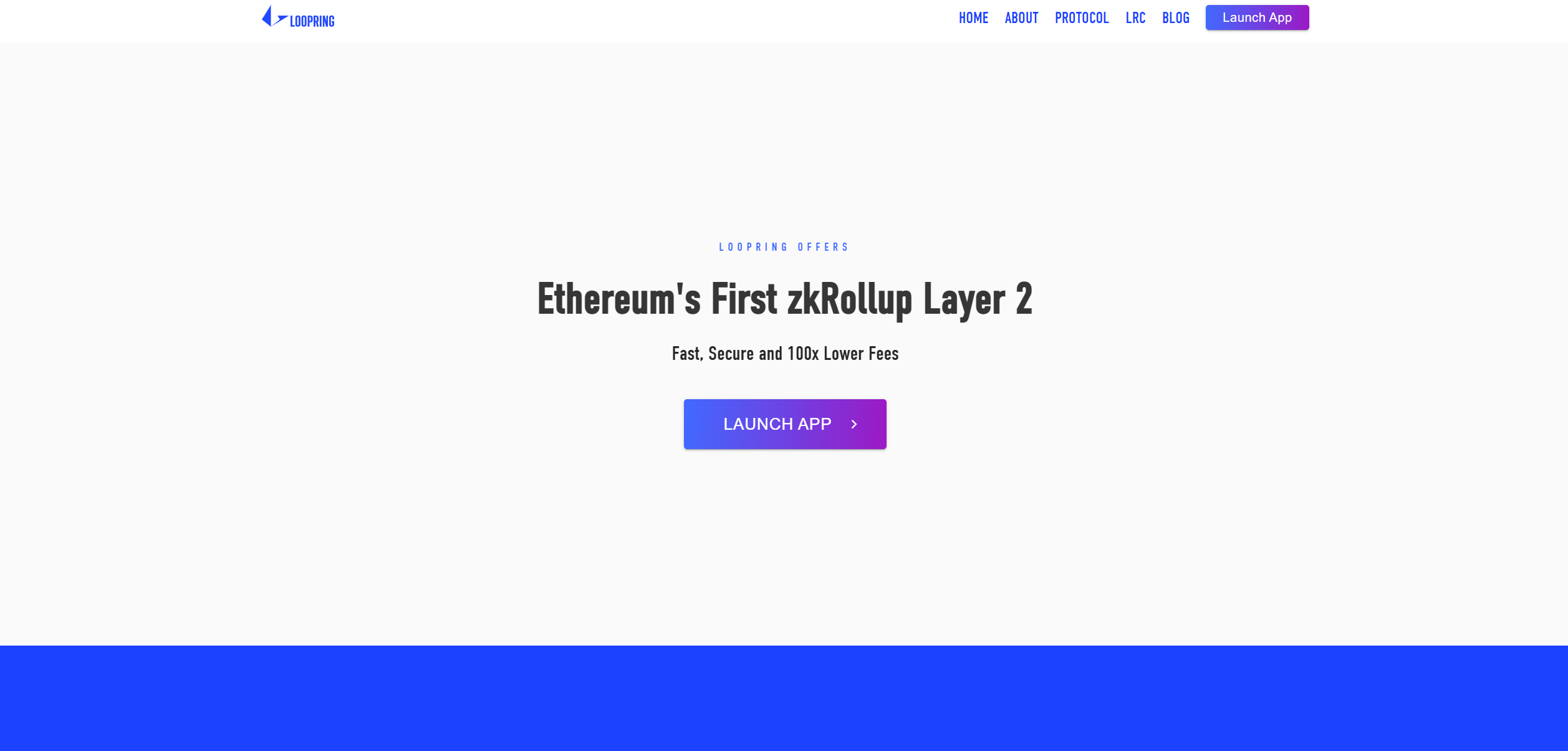
Key on-chain facts & product differentiation
- Market snapshot: Circulating supply and market cap were in the low-hundreds of millions (check live trackers for exact figures).
- Product differentiation: Native AMM + orderbook engine inside a zkRollup — engineered for high-throughput, low-fee trading and payments for DeFi and dApps.
- Primary token uses: governance, staking/fee sharing, and protocol incentives.
Loopring Price Prediction — table & scenarios
Base price: $0.0894 (approx., Oct 1, 2025). ROIs rounded to two decimals.
Year | Price target (USD) | ROI vs $0.0894 |
|---|---|---|
2025 | $0.12 | +34.23% |
2027 | $0.10 | +11.86% |
2030 | $0.30 | +235.57% |
2035 | $0.80 | +794.85% |
2040 | $2.00 | +2,137.14% |
Why these scenarios? — Short rationales
2025 — $0.12 (near-term upside)
A modest re-rating to ~$0.12 is plausible if on-chain activity increases (higher AMM volume or L2 DEX flows), new listings or liquidity events occur, or the overall crypto market turns risk-on. Layer-2 tokens frequently react to visible usage gains.
2027 — $0.10 (consolidation / baseline)
A consolidation case where Loopring maintains steady usage but faces competition from alternative L2s and AMM designs. Incentive rotations and supply dynamics produce a small net gain versus today.
2030 — $0.30 (adoption & fee capture)
If Loopring captures sustained market share among L2 DEXs, grows fee revenue, and locks more value inside its zkRollup, LRC could achieve multi-fold gains — assuming competitive product/tech and continued volume growth.
2035 — $0.80 (established L2 primitive)
A multi-year bullish scenario where Loopring becomes an established primitive for low-cost, high-frequency DeFi trading and payments, with robust protocol revenue and developer activity supporting a materially higher valuation.
2040 — $2.00 (stretch / optimistic)
A long-term stretch case where persistent DeFi growth and durable demand for efficient L2 trading infrastructure lift LRC significantly. This requires Loopring to maintain a differentiated niche or win broad integrations across DeFi rails.

Price history & recent drivers (condensed)
Current market trends
- LRC price has been responsive to DeFi cycles, on-chain activity, and liquidity/partnership announcements.
- Sept–Oct 2025 candles show trading around $0.08–$0.09 with intermittent volume spikes tied to protocol news or broader market moves.
Key drivers to monitor
- On-chain volume / AMM liquidity: increasing trades on Loopring directly feed the fee/usage narrative.
- Layer-2 competition: rival zkRollups and optimistic rollups compete for liquidity and developer attention; Loopring must preserve capital efficiency and UX.
- Tokenomics & staking: staking or fee-sharing that meaningfully reduces circulating sell pressure improves valuation prospects. Monitor treasury & revenue distribution policies.
- Listings / liquidity events: major CEX listings, liquidity mining programs, or wallet integrations can trigger short-term price moves.
FAQ
Is LRC a worthwhile investment?
This is not financial advice. LRC is a protocol token tied to Loopring’s adoption. It has upside if the protocol wins meaningful DeFi trading volume, and downside from competition, low liquidity, or poor fee capture. Consider time horizon and risk tolerance.
What will move LRC most in the short term?
On-chain trade volume, liquidity additions/removals, market sentiment, large token unlocks, and protocol announcements.
What supports long-term appreciation?
Sustained fee capture, staking/treasury mechanisms that reduce circulating supply, developer adoption, and broad integration across DeFi rails.
Where to view live prices and data?
CoinGecko, CoinMarketCap, Investing.com and exchange charts for live prices and historical candles. Loopring protocol dashboards show AMM and L2 metrics.
Conclusion
Loopring’s short-term price is sensitive to measurable usage and liquidity events; medium- and long-term value depends on durable fee capture, staking mechanics, and its competitive position among L2s. The scenarios above — from a modest near-term re-rating to optimistic multi-year adoption cases — are possibilities, not certainties. Use them as a template and overlay live on-chain metrics when making decisions.
Wrap up by managing Loopring (LRC) in Noone Wallet, where you can securely store, buy, exchange, send, and receive while keeping full control of your keys.
Sources & further reading (examples)
- Loopring protocol docs & dashboards
- CoinMarketCap / CoinGecko / Investing — market data & historical candles
